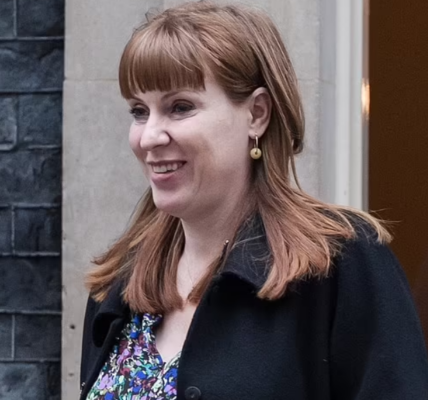Commonwealth Bank has revealed how much it spends providing cash at its branches and ATMs amid growing concerns banks will eliminate physical money in order to boost their already massive profits.
In its latest annual report, the bank described providing cash as a ‘challenging commercial model’ and revealed it spent $410 million on cash services in the year ending June 2024.
Of this amount, about $350 million was used to keep cash available at branches and ATMs.
While CBA complained that costs of cash had increased by 50 per cent, it recorded a net profit of $9.8 billion in the 2023/24 financial year.

Earlier this year, the bank faced criticism after Daily Mail Australia reported that it had eliminated over-the-counter cash withdrawals at several branches, which the bank renamed ‘specialist centres.’
Additionally, the bank has removed more than 800 ATMs from its network.
‘Five years ago, 43 per cent of all point of sale transactions were cash. Today, the figure is around 15 per cent,’ explained CEO Matt Comyn last year.
‘And yet, every week, customers transact more than $18 billion through the CommBank app, an increase of 64 per cent in just two years.’
He said CommBank’s 10million customers were paying roughly $40 each to fund the $400million expense to keep physical cash in circulation in it’s branches.

‘Many of our customers don’t use cash and these customers cross-subsidise those that do,’ he said.
Earlier this year, Australia’s largest cash distribution service, Armaguard, was on the brink of collapse until it received a $50 million bailout from major banks and large retailers in late June.
Despite fewer people using cash, the right to do so should be defended, Reserve Bank governor Michele Bullock says.
Giving testimony to federal parliament’s house economics committee on Friday, Ms Bullock said access to cash was ‘a sensitive issue’ as pressure grew in the banking sector and government to dispense with it.

Commonwealth Bank has revealed how much it spends providing cash at its branches and ATMs amid growing concerns about the viability of cash services
‘There is a minority, but a significant minority, of people who still rely heavily on cash and want to use cash,’ she said.
‘The government is committed, and we are committed as well, to trying to maintain access to cash for people who want to use it,’ she said.
‘This is not just a problem in Australia, it’s a problem around the world as cash use declines for transactions,’ Ms Bullock said.
‘You’ve got all these fixed costs of maintaining a cash distribution system, and with less cash transactions that means the cost per transaction just keeps going up and up – it’s getting uneconomical.’

The central bank and government are trying to maintain access to cash, Michele Bullock says
Ms Bullock said the central bank and federal government were encouraging the industry to devise a more viable model for the long term.
She said the one-year industry support package agreed between Armaguard and its major customers reduced the near-term risk of a major disruption.
‘It remains an important means of payment for many Australians,’ she said.
‘Cash is used as a store of wealth, particularly during periods of economic uncertainty, and can be a useful backup for electronic methods of payment.




